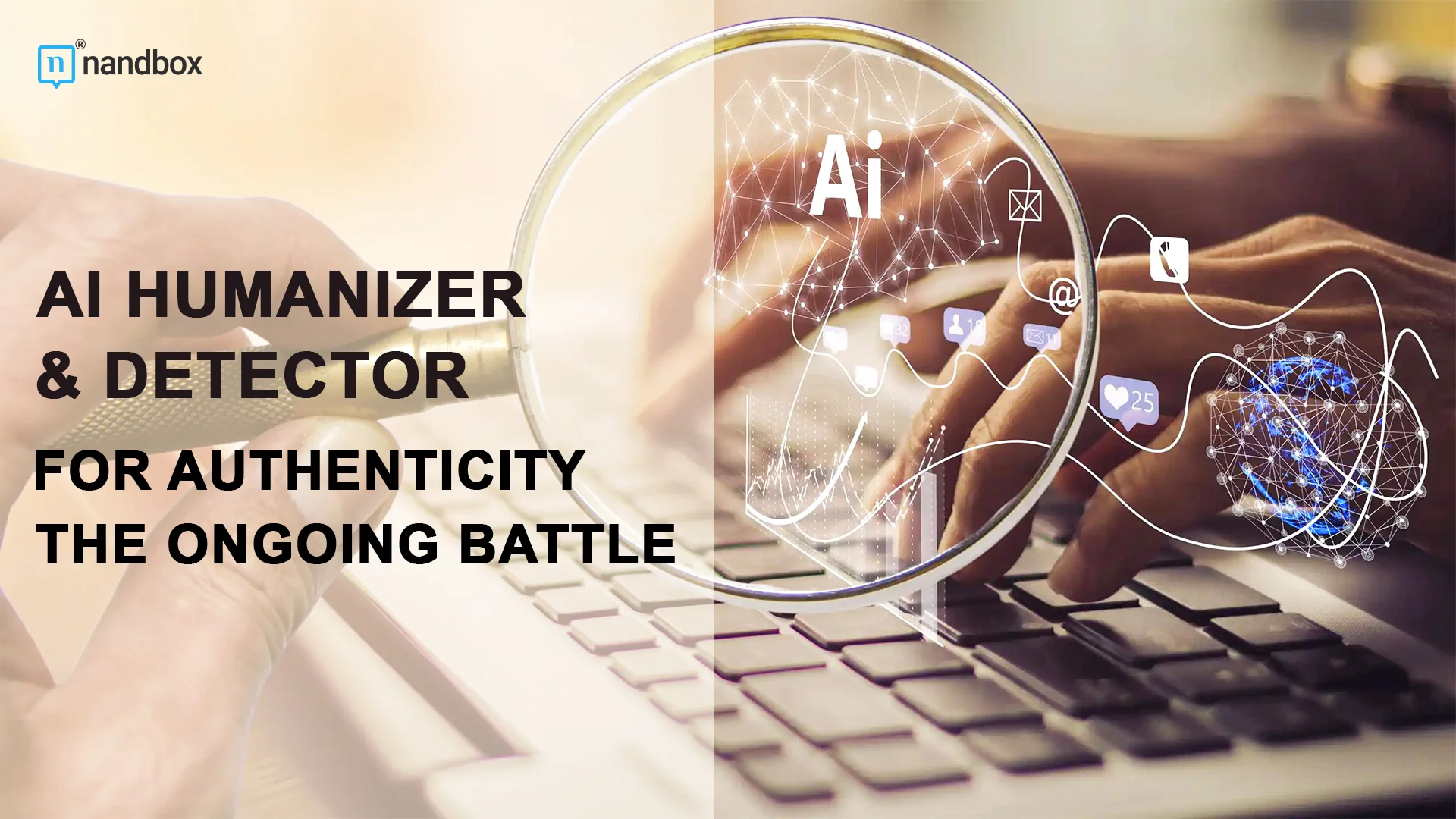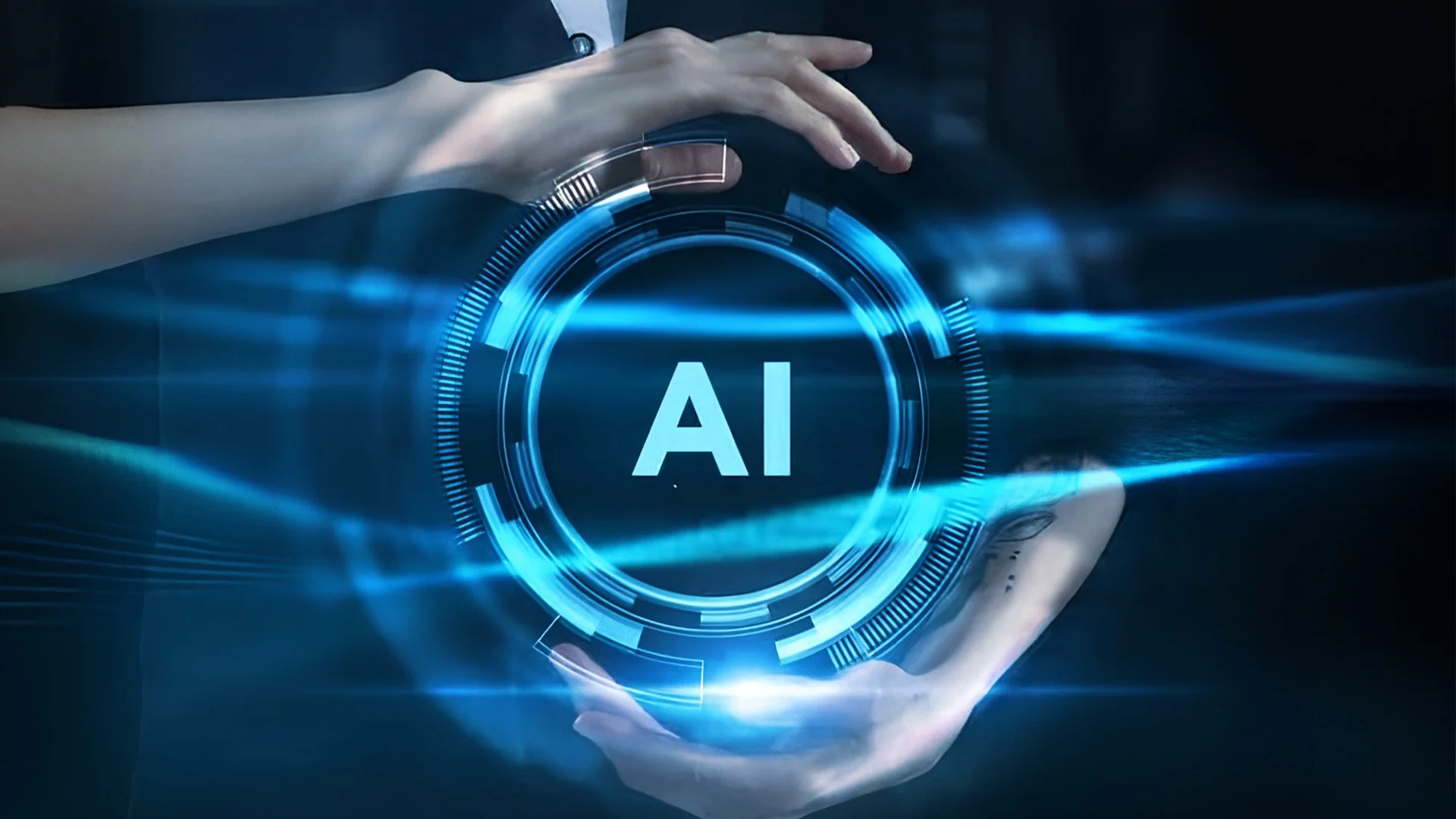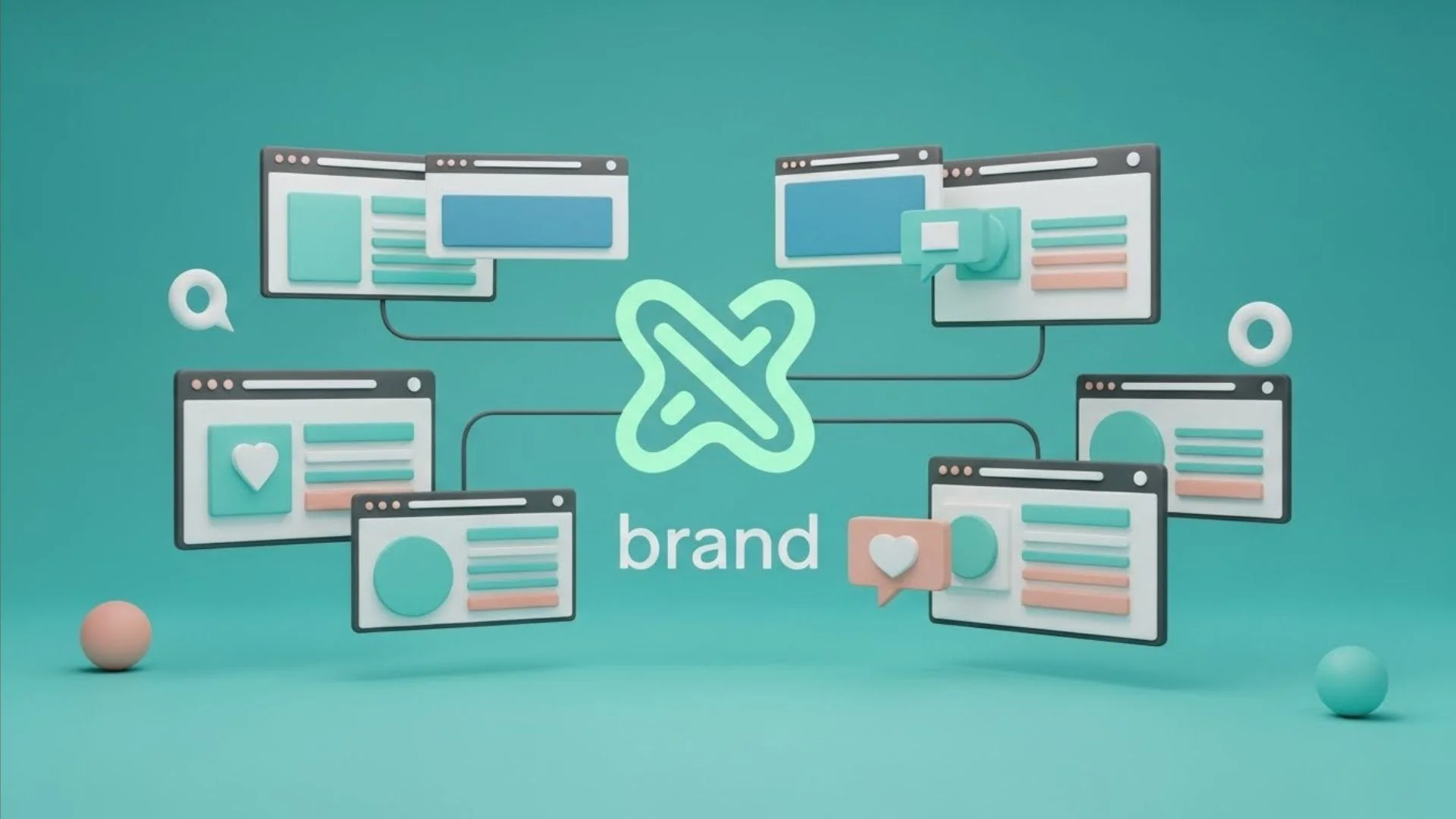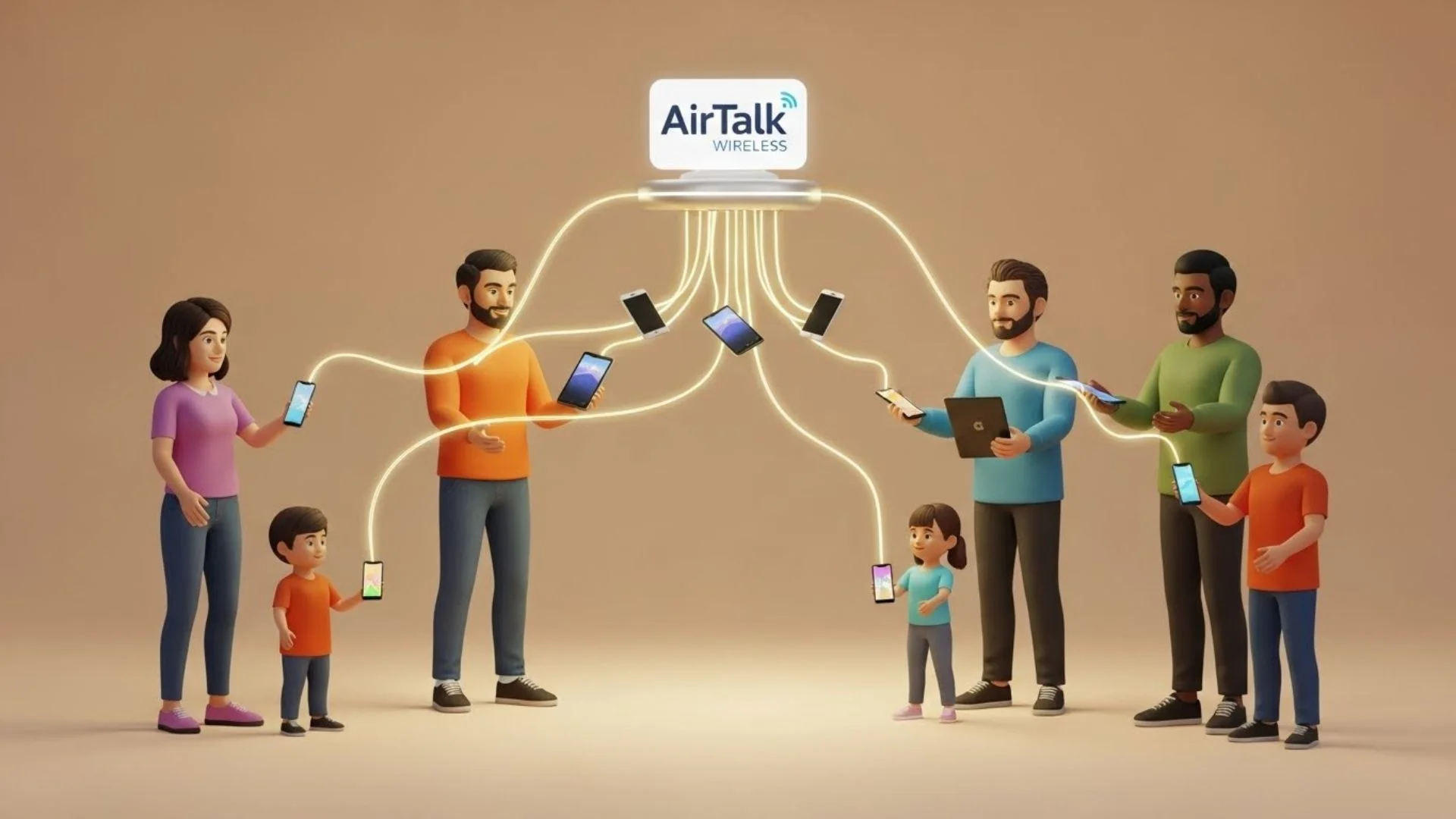AI technology has become the battlefield for the arsenal of tools sifting between each other. AI humanizer create machine-generated text such that it can’t be told apart from that created by a human. And AI detectors aim to pin down such texts as machine-generated so that they can bring the needed transparency in AI operations. The balance of power is tilting as both technologies rise rapidly with an arms race scenario across the AI spectrum. This article reveals the intricacies of a duel between AI humanizer and AI detector technologies, discussing their techniques, challenges, and possible implications. As this unfolds, the question lingering is whether humanizers will remain able to outsmart the detectors, or will detectors catch up?
What Is an AI Detector?
An AI detector is basically no more than a program designed to distinguish between texts produced by AI systems and those that have just been created by humans. Its detectors analyze some algorithms, linguistic patterns, and structural markers that distinguish machine-generated text from human-authored content.
Key Characteristics of AI Detectors:
- Repetitive Patterns: AI-generated text often tends to repeat phrasing and sentence structures.
- Lack of Originality: Detectors look for expressions or clichés that show up regularly in AI-generated prose.
- Unnatural Flow: That machine-made content also lost the flow and nuance of human writing.
- Transitional Overuse: AI tends to use connectors like “therefore,” “however,” and “thus” much more than human thought would use, and this makes the text predictable.
- Topic Consistency: Detectors will check whether the text is consistent or suddenly changes subject.
Although such detectors do work, they stumble in their attempt at achieving very high accuracy as AI content generation tools are growing vastly sophisticated.
What Is an AI Humanizer?
An AI humanizer (for example, Humanize AI Text) works against the expectations set by the AI detectors; it tries to localize the AI-related content to a more human tone and style, thus fooling the AI detection tools. Tools like WriteNinja AI Humanizer are specifically designed to transform AI-generated text into natural, human-like writing, making it highly effective for creators, marketers, and businesses who want authentic-sounding content.
Techniques Used by AI Humanizers:
- Structuring Different Lengths of Sentences: AI humanizers cut and paste different types of sentence lengths to create regular rhythms.
- Simulated Errors Introduced: Intentionally placed minor errors, typos, or the grammar is hedged to resemble a real person writing.
- Local Language: Incorporation of idioms and colloquialisms allows one to connect with the readers.
- Change in Tone: It changes the voice and speed of a piece to resemble that of human communication.
- Cultural Context: This practice brings about certain events or references within the content that resonate far better with the audience and instill a sense of empowerment.
Humanizers turn AI text into something that mixes both machine- and human-authored content.
The Accuracy Debate: Are AI Detectors Reliable?
There is a great deal of debate about the accuracy of the AI detector. Their accuracy ranges in high adulation by some to said usage being completely limited with others.
- False Positives: Some detectors mistake certain pieces of authentic human writing for AI-generated; this is viewed as faulty, hence troubling for users.
- False Negatives: Some humanized AI content can slip past a detector, thereby defeating the purpose of the tools.
- Algorithmic Limitations: Detectors fall short of interpreting context and deep meaning and have to follow statistical patterns instead.
- Inconsistency: Different detectors generate inconsistent results for the same text, revealing shortcomings all related to the method each employs.
The Importance of AI Humanizers
AI humanizers have grown to become extremely essential tools, especially to non-native English speakers and content creators seeking polished outputs.
Why Humanizers Matter:
- Empowering Non-Native Speakers: For the people who wouldn’t be highly proficient in English, humanizers improve whatever they write to sound like a native, breaking language barriers.
- Creative Freedom: Writers are willing to give up expression so that they can focus on ideas when the humanizers promise a boost to productivity.
- Evading Scrutiny: These humanized AI texts escape detection and are used in areas where originality and a human touch are crucial needs.
Humanize AI is one of the instruments that shows how the humanizers adapt to the rapidly changing detector capabilities, giving their users an advantage in that technological race.
The Ongoing Arms Race Between AI humanizer and detector technologies
It is a cat-and-mouse game between the AI humanizer and detector technologies in a classic sense. Each innovation further lays the groundwork for innovations on the other side.
Key Challenges for Both Sides:
- AI Generators and Humanizers:
- Increased variability in language but within the constraints of logical coherence.
- Fostering creativity and richness of emotion in a humanized manner, or something pretty close to it.
- AI Detectors:
- Improved contextual understanding of content.
- Reduced false positives and negatives that drive reliability higher.
This competitive dynamic, however, gives both sides no license to rest on their laurels, necessitating the enrichment of the job.
The Role of “Humanize” in the Battle
An interesting word is “humanize,” for it grounds the mission of AI humanizers: to write so naturally that machine-generated text cannot be distinguished from that of human authors. Such tools seek, by introducing behaviors human-like readers would expect into the text, to neutralize the playing field for AI-generated content. But their success lies in their ability to beat the ever-improving sophistication of AI text detectors.
Do Humanizers Always Work?
Not all AI humanizers produce flawless results. They can produce inconsistent outputs; they may questionably choose their words, leaving open critiques of various tools available.
Examples of Humanizer Challenges:
- Unreadable Text: Certain humanizers generate undetectable yet unreadable human text.
- Over-Humanization: Excessive errors or ludicrous choices may decrease readability and credibility.
- Algorithmic Variations: Different tools use idiosyncratic strategies, leading to diverging results.
With these issues, however, peak performance will likely remain in expectation of acceptable and aided approaches.
The Future of AI Humanizer and Detector Technologies
As technology continues to develop, the tussle between AI humanizer and detector technology shall continue to intensify. Both sides will need to use machine learning, natural language processing techniques, and user feedback to enhance their systems.
Predictions for the Future:
- AI Generators:
- Increased creativity and contextual understanding.
- Better mimicry of human emotional intelligence.
- AI Detectors:
- Increased semantic analysis capabilities.
- Increased potential to differentiate between genuine human output and humanized AI content.
The longest distance between humanizers and detectors is still there; nevertheless, detectors learned a lot too. The result of that tussle will depend on which of the aggrieved is going to adapt in response to new developments quicker.
Conclusion
The tug of war between the AI humanizers and the AI detectors is indicative of an industry that is growing too fast for comfort. While both seek to perform crucial roles, humanizers make AI-generated content open to endless possibilities and detectors increase the transparency and accountability of the entire sector. Which one would eventually “win” the war is still up in the air. One thing is clear: As long as the sophistication of AI systems proliferates, characterizing content as human or machine-generated will only become more obscure. The interaction between creation and detection will thus ensure that innovation in AI stays a compelling and ever-changing profession.
nandbox App Builder
Platforms such as nandbox App Builder can benefit from AI humanizers and detectors to improve user experience and content authenticity as AI-generated content becomes more common. nandbox offers a versatile setting where AI-enhanced features may be smoothly incorporated, regardless of whether companies utilize AI-powered authoring tools to create in-app content or depend on AI detectors to preserve uniqueness. With the development of AI humanizers that make machine-generated text sound more genuine, app developers may use nandbox to balance automation and human interaction while maintaining the authenticity, engagement, and industry standards of their content.






